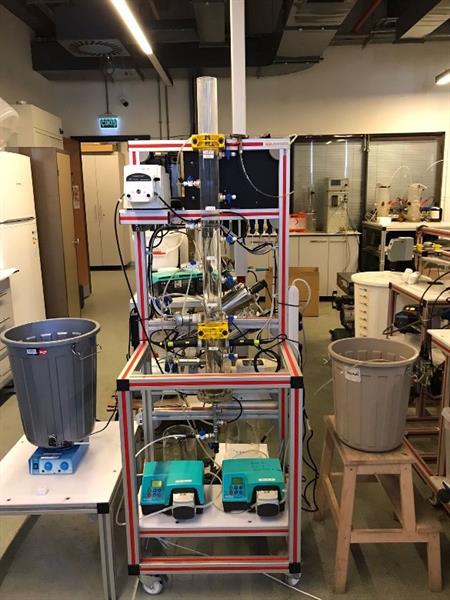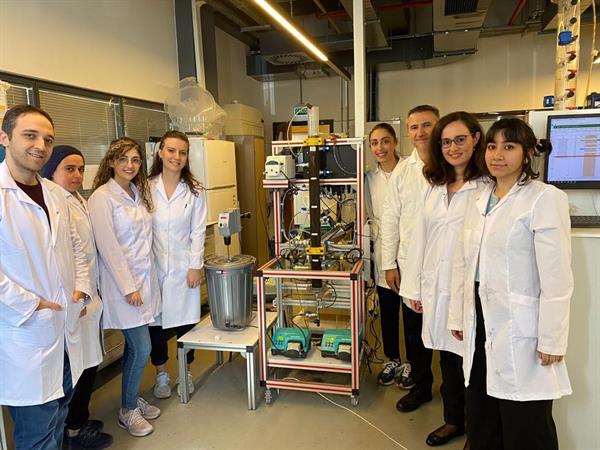Project Title: Application of Innovative Treatment Technologies with Small Footprint to Fight against Mucilage and Water Recovery
Project Type: TÜBİTAK Project
Project Coordinator: Doç. Dr. Hale Özgün
The mucilage problem in the Marmara Sea poses an important threat to the marine ecosystem. The main reason for mucilage formation due to human activities is the high pollution (nitrogen and phosphorus) load caused by municipal and industrial wastewater discharged into the Marmara Sea without adequate treatment. In this project, aerobic granular activated sludge (AGS) process, which is an innovative wastewater treatment technology, was used to reduce the pollution loads originating from wastewater discharge. Moreover, AGS effluent quality increased with advanced wastewater treatment methods (membrane processes and ultraviolet disinfection), and reuse potential of reclaimed wastewater was investigated for irrigation and industrial processes.
According to results of water reuse studies for irrigation, high pollutant removal efficiencies were obtained in GAC+MF+UV and GAC+UF+UV configurations and the use of the reclaimed water as green field irrigation, agricultural irrigation and public use was analyzed. When the configurations investigated in water reuse studies for agricultural irrigation are evaluated in terms of cost-effectiveness, it is concluded that the GAC+MF+UV option is less costly.
Within the scope of industrial water reuse studies, it was found that the effluents obtained from the GAC+MF+RO and GAC+UF+RO configurations met the limit values given in the standards. When cost analysis was applied for the configurations under study, it was concluded that the GAC+MF+RO configuration has lower cost. The results obtained in the project showed that low land requirement and energy consumption together with outstanding effluent quality can be achieved by using AGS process, and if needed, water can be reused for green field irrigation, agricultural irrigation, public use and industrial use by integrating advanced treatment processes to the AGS effluent.

